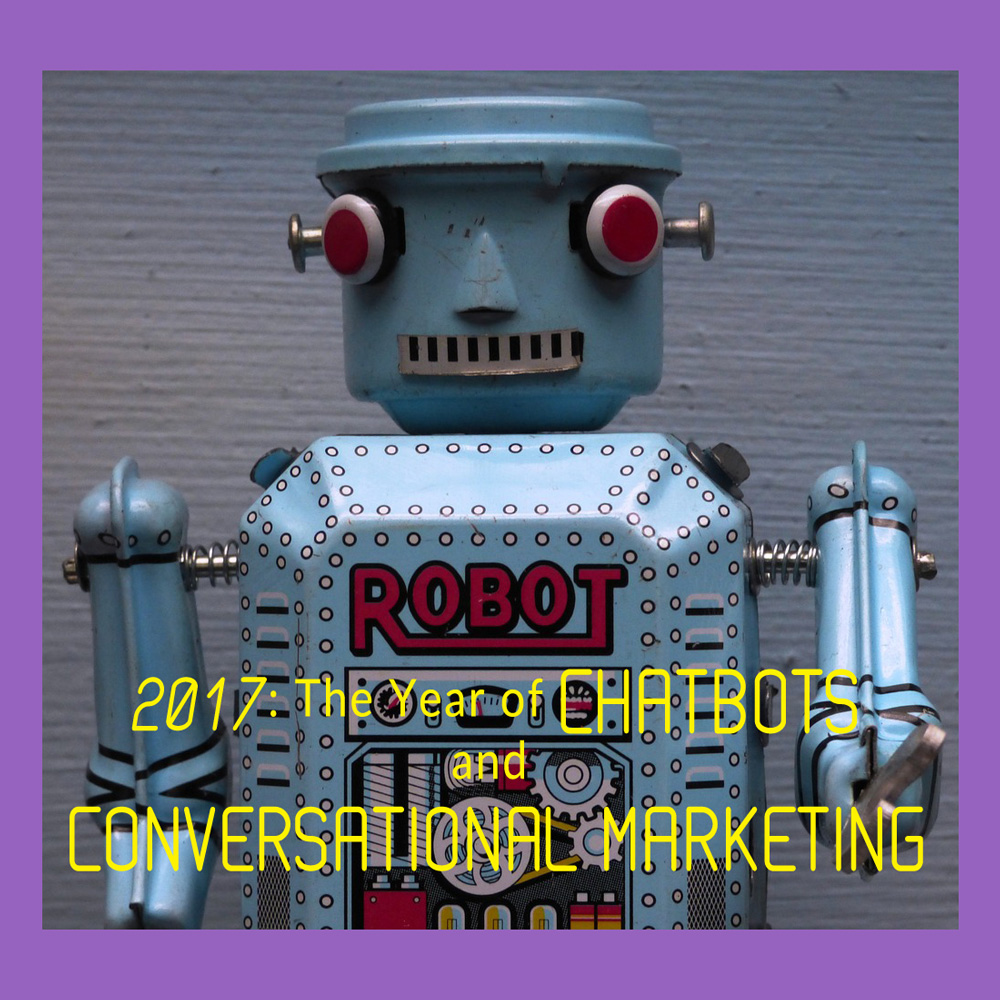I just shopped with a chatbot and it blew my mind off. I’m a digital savvy user, I’ve written about chatbots before as they started to get in the news, but I wasn’t expecting such a smooth and yes “natural” user experience. I actually felt less pressured into the sale than with a human operator.
Yesterday, during Facebook’s third quarter earnings call, Mark Zuckerberg has confirmed that Messenger and Whatsapp will soon be profitable thanks to the growing advertising revenues. On the 2 messaging apps there are now 33,000 active bots, compared to 11,000 only 4 months ago.
I don’t know if I need to be scared or in awe, but AI-powered conversational commerce will definitely be the prominent digital marketing trend in 2017.
This technology has been moving very fast and it will increase its speed as more people adopt it, and, as a consequence, the AI responses improve. Presently, I don’t know if I need to be scared or in awe, but AI-powered conversational commerce will definitely be the prominent digital marketing trend in 2017.
Thanks to the recent releases of branded chatbots with global companies such as Sephora, H&M and Pink by Victoria’s Secret, Kik is positioning itself as a redoubtable rival to Facebook supremacy of the messaging ecosystem. Kik currently counts 300,000 users, mostly in the US, with 60% of them between the age of 13 and 19 years old. Chatbots are aimed at the young early adopters, digital native generations that are at ease to interact through messaging apps.
All the digital innovation in communications is driven by increasingly young generations: Google was launched by graduate students, Facebook was launched by college age adopters, Snapchat got its traction from teens, chatbots from early teens. If we go on like this, in 20 years babies will be the trailblazers of digital tech.
Step #2: Browsing products and related searches
Once the profile it’s done, it’s time to have fun. Select a product category and the chatbot will come up with outfit ideas. I chose flare jeans, always one of my favorites. Again, the interaction is pretty straightforward: love it or hate it, or move on to different tips, i.e.: affiliated content provider, or to different search.
Pink heels are really not for me, so I gave the thumb down to the first combination.
The webpage link brought me to the related post and blogger profile on Lookbook.nu, the fashion community website.
Clicking on the reply @blynkstyle landed me on the introductory conversation with the a new chatbot: BlynkStyle, a fashion-only bot with a very distinctive personality (see image), that is also a stand-alone fashion styling app/website.
The conversation back and forth exploring wardrobe items and outfits could go on forever, so I hope you got a feel of the interactions involved in this new type of user experience.
Conclusions
#1 I’m not a fashion addict, but the ease of use and all the inspos make it really difficult to keep my fingers off the buy button. I can see this technology bringing in good ROI for brands especially those aimed at the younger demographics.
#2 This is a content marketing bonanza. Yes, until AI will be able to put together outfits and photograph them in an inspiring way, visual content producers are still in to increase exposure and fees from brands that need to get these “inspos” on their bots.







